Shoulder pain is one of the most common complaints among adults over the age of 50. Whether it’s from arthritis, poor posture, old injuries, or simply the natural changes in our muscles and joints, this pain can interfere with daily life, sleep, and even the ability to exercise.
At 50 Plus Training, we know how important it is to stay active and pain-free. This guide will help you understand the causes of shoulder pain, how to prevent it, and what you can do to manage it safely and effectively.
Why Shoulder Pain is So Common After 50
The shoulder is a ball-and-socket joint, designed to give us a wide range of motion. But with flexibility comes vulnerability. The shoulder joint is supported by muscles, tendons, and ligaments rather than a deep socket like the hip. This makes it more prone to strain and injury.
As we age, a few things change in the shoulder:
- Decreased muscle mass – We naturally lose muscle with age, which weakens support around the joint.
- Tendon wear and tear – The tendons of the rotator cuff (which stabilize the shoulder) become less elastic and more prone to small tears.
- Arthritis – Cartilage that cushions the shoulder can wear down, causing stiffness and pain.
- Postural habits – Years of sitting, working at computers, or slouching can tighten the chest and weaken the back, pulling the shoulders out of alignment.
Common Causes of Shoulder Pain After 50
1. Rotator Cuff Injuries
This group of muscles and tendons keeps the shoulder joint stable. Tears or inflammation can cause pain when lifting or reaching.
2. Arthritis
Osteoarthritis in the shoulder can cause grinding, stiffness, and pain that worsens over time.
3. Frozen Shoulder (Adhesive Capsulitis)
A painful condition where the joint capsule thickens and tightens, limiting movement. It often develops after an injury or long period of immobility.
4. Bursitis
The bursa (a fluid-filled sac that cushions the joint) can become inflamed from overuse, leading to sharp pain.
5. Postural Strain
Rounded shoulders and a forward head posture put stress on the joint and surrounding muscles.
Signs That Shoulder Pain Needs Medical Attention
While many cases of shoulder pain can be managed with exercise and self-care, some require medical attention. Contact a doctor if you experience:
- Severe pain that doesn’t improve with rest
- Loss of strength or mobility in the arm
- Swelling or obvious deformity
- Numbness, tingling, or shooting pain down the arm
- Pain that disrupts sleep every night
How to Prevent Shoulder Pain
Prevention is always better than treatment. Here are practical steps you can take to keep your shoulders healthy:
- Stay Active – Regular exercise keeps muscles strong and flexible.
- Warm Up and Cool Down – Before exercising, prepare the muscles with light movement and stretches.
- Strengthen the Rotator Cuff – Focus on small, controlled exercises like external rotations with a resistance band.
- Improve Posture – Sit tall, keep shoulders relaxed, and strengthen your back muscles.
- Avoid Overuse – Vary your movements, especially if you do repetitive tasks.
Gentle Exercises for Shoulder Health
Here are some safe, low-impact exercises that can reduce pain and strengthen the shoulders. (Always consult your trainer or healthcare provider before starting a new program.)
1. Shoulder Blade Squeeze
- Sit or stand tall.
- Squeeze your shoulder blades back and down.
- Hold for 5 seconds, repeat 10 times.
2. Wall Angels
- Stand with your back against a wall, arms at 90 degrees.
- Slowly slide your arms upward as if making a “snow angel.”
- Keep your back flat against the wall.
3. Resistance Band External Rotation
- Attach a resistance band to a doorknob.
- Hold the band with your elbow bent at 90 degrees.
- Pull the band away from your body, keeping elbow tucked to your side.
- Do 2 sets of 10 reps.
4. Pendulum Stretch
- Lean forward and let your arm hang down.
- Gently swing it in small circles.
- Repeat for 30 seconds.
5. Doorway Stretch
- Place your hands on the sides of a doorway.
- Lean forward gently until you feel a stretch in your chest and shoulders.
Lifestyle Tips for Managing Shoulder Pain
- Apply Heat or Ice – Ice helps with acute pain, while heat relaxes stiff muscles.
- Sleep Position Matters – Try sleeping on your back or opposite side, with a pillow supporting the painful arm.
- Maintain a Healthy Weight – Extra weight adds stress to joints, including the shoulders.
- Stay Consistent – Regular movement and exercise reduce stiffness and pain over time.
- Work with a Trainer – At 50 Plus Training, we design safe, personalized programs to build strength without causing injury.
How 50 Plus Training Can Help
At 50 Plus Training, we specialize in working with people over 50 to overcome challenges like shoulder pain. Our programs are:
- Personalized – Every body is different, especially after 50. We tailor exercises to your needs.
- Safe and Supportive – We focus on proper form and low-impact strength building.
- Community-Based – You won’t be alone. Our members motivate and support each other.
- Effective – Our clients often report reduced pain, better posture, and more strength within weeks.
Final Thoughts
Shoulder pain may be common after 50, but it doesn’t have to limit your life. With the right mix of exercise, posture correction, and lifestyle changes, you can keep your shoulders strong, flexible, and pain-free.
At 50 Plus Training, we believe it’s never too late to move better, feel stronger, and live with confidence.
👉 Ready to take the first step toward pain-free movement? Contact us today to schedule your free consultation!
50 Plus Training – Yorktown Heights, NY
Specialists in personal training for adults 50 and older
Call or Text: 914-552-1179
Email: luis@50plustraining.com
Address: 356 Downing Dr, Yorktown Heights, NY 10598
Learn more: www.50plustraining.com
